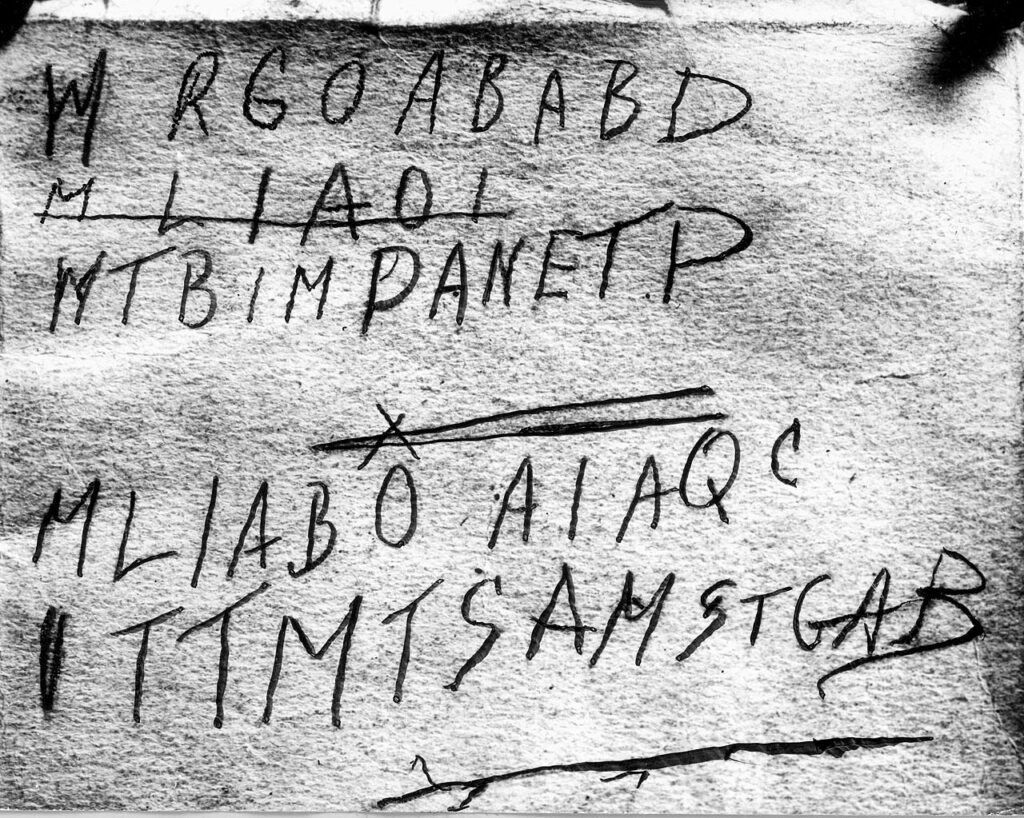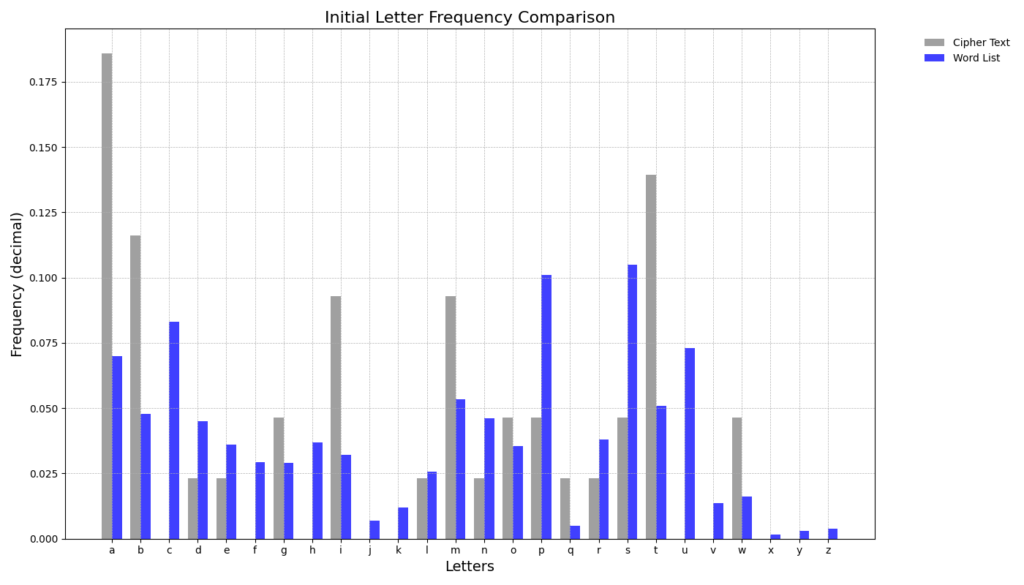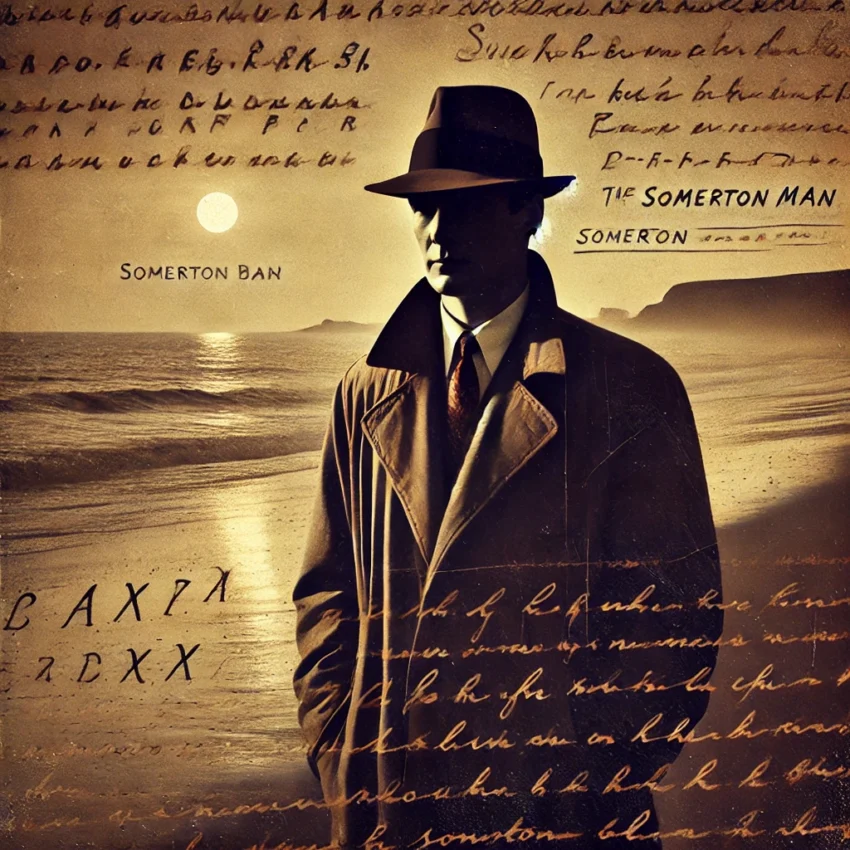Over twenty years ago, I stumbled upon the puzzling story of the Somerton Man. This mystery captivated me then and continues to enthrall me today, much like uncovering a hidden chapter in a long-forgotten book. The scene seemed straight out of a detective novel: a well-dressed man, lifeless on a beach, surrounded by cryptic clues.
As I delved deeper into the details, I realized this wasn’t just another whodunit. The Somerton Man case was like a stubborn knot in an old shoelace—seemingly impossible to untangle. Despite the lack of concrete leads, the story held a certain charm, intriguing both amateur detectives and seasoned investigators alike. For me, it became a personal quest, an enigma that beckoned me to unravel its secrets.
For those unfamiliar with the case, there are numerous detailed write-ups available, but in brief, the Somerton Man case centers on an unidentified man discovered dead on Somerton Beach near Adelaide, South Australia, on December 1, 1948. Despite extensive investigations, his identity remained unknown until recently. The man was found well-dressed in a suit and tie, lying against a seawall with an unsmoked cigarette on his collar. No personal identification was found on his body, and the labels on his clothing had been removed, adding to the mystery.
The case deepened with the discovery of a hidden pocket in the man’s trousers, which contained a piece of paper with the words “Tamám Shud” printed on it, meaning “ended” or “finished” in Persian. This phrase was later traced to a rare edition of the poetry book The Rubáiyát of Omar Khayyám. Intriguingly, a copy of this book was found in the backseat of a car parked near Somerton Beach. Inside the book, investigators found faint indentations forming a telephone number, an unidentified number, and text resembling an encrypted message.
In March 2009, a team from the University of Adelaide, led by Professor Derek Abbott, embarked on a mission to unravel the mysteries of the Somerton Man case. Their approach was as scientific as it was meticulous, involving genetic analysis and proposing the extraordinary step of exhuming the body to test for DNA.
Part of Abbott’s inquiry focused on the cryptic code found in the back of the Rubáiyát. The team embarked on a decryption effort, starting from scratch. Initial findings revealed a letter frequency markedly different from random distribution, prompting further exploration into the potential encoding methods used.
More than thirteen years later, on July 26, 2022, Abbott made a significant announcement alongside genealogist Colleen Fitzpatrick. Together, they asserted that the unidentified man was none other than Carl “Charles” Webb, an electrical engineer and instrument maker born on November 16, 1905, in Footscray, a suburb of Melbourne. Abbott based his assertion on DNA analysis conducted on strands of hair found in a plaster death mask crafted by the South Australian Police in the late 1940s.
While Abbott’s findings marked a pivotal moment in the investigation, Forensic Science South Australia, who were still actively probing the case, chose not to comment on the revelations. South Australia Police refrained from endorsing the results outright but expressed cautious optimism, suggesting that this development might herald a breakthrough in the long-standing mystery.
As I immersed myself in the intricacies of the Somerton Man case, I found myself drawn deeper into a world where every detail held the potential for discovery. This was not uncharted territory; many before me had ventured into the depths of this enigmatic puzzle, some even dedicating entire theses to unraveling its mysteries. It felt like stepping into a crowded library, filled with volumes of theories and speculation, each one vying for attention. Yet, the allure of the unknown kept me forging ahead.
The code became the focal point of my investigation—a tantalizing enigma begging to be deciphered. It was like stumbling upon a locked chest in the attic, filled with secrets waiting to be revealed. Over the years, countless theories have emerged regarding the origin and meaning of the code. Some believed it was linked to World War II espionage, while others saw it as an elaborate anagram or shorthand for a poem.
Approaching the cryptic code with a scientific mindset, I meticulously analyzed its components, treating it not as a mere riddle but as a puzzle awaiting systematic dissection. My journey began with an examination of individual character frequencies, seeking patterns that might offer insights into the code’s underlying structure.

The Code:
- “WRGOABABD” or “MRGOABABD
- “MLIAOI” # This line is crossed out in the note
- “WTBIMPANETP”
- “MLIABO AIAQC”
- “ITTMTSAMSTGAB”
As shown in the code above, the code comprises fifty capital letters. To maximize the dataset for analysis, I included the six crossed-out letters. There has been controversy over whether certain letters in the code should be interpreted as “M” or “W,” leading me to test two different versions of the code—one with “M” and the other with “W.” Including the crossed-out second line was a difficult decision, but I ultimately chose to incorporate it, driven by the rationale that a larger set of letters would enrich the analysis. The fact that the Somerton Man himself had crossed out this line suggested its potential significance, prompting me to consider its role in deciphering the overall code.
Analyzing Original Code:
- Number of characters in the code (excluding spaces): 50
- Frequency Analysis of the Code:
- Most frequent letters: A (9), I (6), T (6)
- Least frequent letters: R, D, N, E, Q, C

These findings suggest a potential skew towards certain letters, indicating deliberate choices rather than random occurrence. Such patterns could signify linguistic conventions or encoding techniques
Bigram Analysis:
A bigram is a sequence of two adjacent elements from a string of tokens, which could be letters, syllables, or words. By analyzing the bigrams in the code, I aimed to uncover common pairings that might hint at the language or encoding method used.
Identified Bigrams and Their Frequencies:
| Bigram | Frequency |
|---|---|
| AB | 3 |
| IA | 3 |
| AI | 1 |
| AM | 2 |
| IT | 1 |
| TT | 1 |
| ST | 1 |
| WT | 1 |
| LI | 1 |
| ML | 2 |
| ET | 1 |
| NE | 1 |
These bigrams correspond to common pairings in the English language, which could indicate that the code is based on English words or phrases. For instance:
- “AB” appears in words like about, abstract, abandon.
- “IA” appears in words like diary, media, social.
- “AM” appears in words like amount, example, family.
- “IT” is a common English word and also appears in words like situation, activity.
The repeated occurrence of certain bigrams suggests they could be significant components of the underlying message.
Trigram Analysis:
A trigram is a sequence of three adjacent elements. Trigram analysis can reveal even more about the structure of the code by identifying common three-letter combinations.
Identified Trigrams and Their Frequencies:
| Trigram | Frequency |
|---|---|
| MLI | 2 |
| LIA | 1 |
| SAM | 1 |
| IMP | 1 |
| NET | 1 |
| TTM | 1 |
| TTS | 1 |
| STG | 1 |
| PAN | 1 |
Examples of Words Using Specific Tri-letter Sequences:
| Sequence | Words |
|---|---|
| MLI | Millimeter, Minimal, Multiply |
| LIA | Liaison, Liability, Alias |
| SAM | Sample, Samurai, Samaritan |
| IMP | Important, Imply, Imperial |
| NET | Network, Internet, Netbook |
| TTM | Bottom, Pattern, Setting |
| STG | Testing, Posting, Hosting |
| PAN | Panorama, Company, Japan |
Analysis of Repeated Sequences
The presence of these bigrams and trigrams suggests that the code could be an acrostic—a series of initials representing words in a message or a poem. Given that the Rubáiyát of Omar Khayyám is a collection of quatrains (four-line poems), one theory is that the code represents the initial letters of words from specific verses in the book.
For example, considering the sequence “ITTMTSAMSTGAB,” we can break it down into potential words:
- I T T M T S A M S T G A B
If we assume each letter represents the first letter of a word, the sequence could correspond to:
- I Think That My Time Spent Alone Means Something To Gain A Benefit
While this is speculative, it illustrates how the code might be an encoded personal message or a poetic expression.
Interpretation and Implications
The observed frequency patterns and linguistic structures within the code open avenues for interpretation and speculation. Could the frequent occurrence of certain letters and combinations signify hidden messages or encoded information?
The repetition of “MLI” and “AB” might suggest initials of recurring importance. For instance, “AB” could stand for a person’s initials, a location, or a significant term. Similarly, “MLI” could represent “My Life Is” or another phrase of personal significance.
Challenges and Considerations
- Ambiguity of Letters: The handwriting makes it difficult to distinguish between certain letters, such as “M” and “W” or “A” and “H.” This ambiguity complicates the analysis.
- Limited Sample Size: With only fifty letters, statistical analysis is constrained. Larger texts allow for more definitive frequency and pattern analysis.
- Crossed-Out Line: The crossed-out line adds complexity. It could indicate a mistake, a change of mind, or hold a particular significance in cryptographic practices.
Conclusion
Deciphering the cryptic code holds profound implications beyond the immediate task at hand. Successfully unraveling its meaning could provide invaluable insights into the circumstances surrounding his mysterious demise. While the code remains unsolved, each analytical step brings us closer to understanding the enigma.
My journey with the Somerton Man case has been both challenging and exhilarating. It has deepened my appreciation for the meticulous work of investigators and the enduring allure of unsolved mysteries. Analyzing the code has not only been an intellectual pursuit but also a deeply personal one, connecting me to a man whose story has captivated so many.
As I continue to explore this case, I invite others to join me in peeling back the layers of this timeless puzzle. Perhaps together, we can finally unlock the secrets that have remained hidden for over seven decades.
References:
https://en.wikipedia.org/wiki/Letter_frequency
Project Group 142: Code Cracking: Who Murdered The Somerton Man?: https://www.eleceng.adelaide.edu.au/personal/dabbott/wiki/images/9/9e/Task_1_semester_B_Final_Report.pdf
https://www.johndcook.com/blog/2021/08/16/initial-letter-frequency
https://www.abc.net.au/news/2022-11-21/somerton-manfamily-photographs-revealed-/101643524
